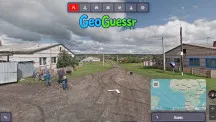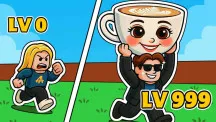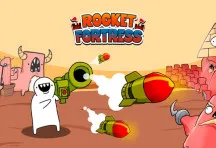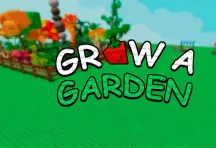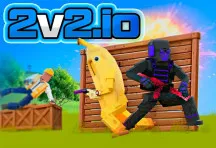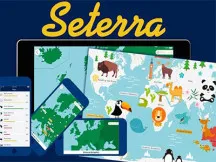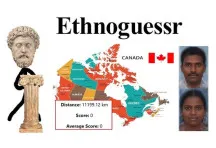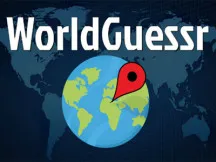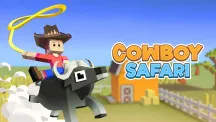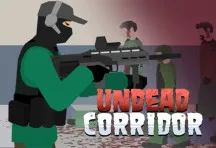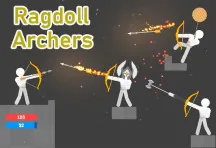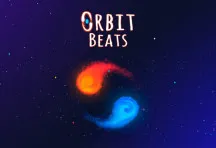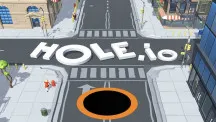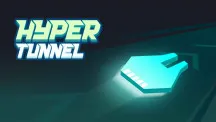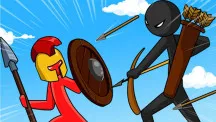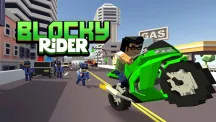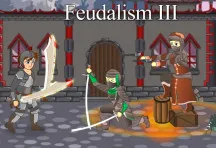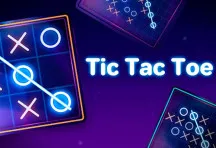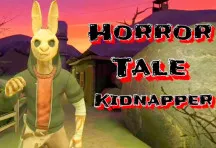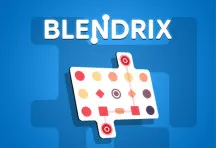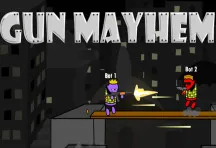That’s Not My Neighbor
What is “That’s Not My Neighbor”?
That’s Not My Neighbor is a psychological horror and strategy game developed by Nacho Sama in 2024, offering a unique blend of puzzle-solving, suspense, and deductive reasoning. Set in a dystopian 1955, players take on the role of a doorman working in an apartment building. But there’s a twist: your job isn’t just to open doors. You must identify and stop mysterious impostors pretending to be tenants.
The game gained traction quickly on platforms like itch.io, where it debuted, and spread virally across social media thanks to its intense gameplay, stylized pixel-art visuals, and unsettling narrative. It has become a favorite among fans of indie horror games, especially those who enjoyed titles like Papers, Please, The Exit 8, and Among Us.
Gameplay Mechanics and Objective
In That’s Not My Neighbor, your job is simple in theory but nerve-wracking in practice: verify residents' identities and spot any doppelgängers trying to sneak into the building.
Each shift presents you with a lineup of residents knocking on the door. Using tools like:
- Resident files
- Facial recognition photos
- Voice recordings
- Behavioral patterns
You must check whether the visitor is who they claim to be. The catch? Doppelgangers are smart. They may closely resemble real tenants, mimic their mannerisms, and even reproduce their voices. One wrong judgment can be fatal not just for the resident but also for you.
Failing to stop a doppelganger has dire consequences. The game cleverly builds tension with every interaction, keeping you on edge from start to finish.
Key Features
Clever Impostor Detection Mechanics: Like a cross between Papers, Please and a horror game, you must compare documents and behaviors to decide who’s real.
- 1950s Noir Visual Style: Pixel graphics with a grainy, vintage filter reinforce the eerie, Cold War paranoia theme.
- Randomized Encounters: No two shifts are the same. Doppelgängers vary in behavior, making each playthrough unique.
- Narrative Depth: There are secrets hidden within the files, notes, and conversations. Multiple endings are possible based on your performance.
- Short but Replayable: A single session may take under an hour, but the branching outcomes and high difficulty invite repeat attempts.
What Makes It So Popular?
The game taps into several psychological themes: trust, paranoia, and pattern recognition. The minimalist interface and monotone ambiance keep you focused on subtle differences that could mean life or death.
It’s also been heavily featured by YouTube creators like Jacksepticeye, Markiplier, and others who praised its intense atmosphere and puzzle design. Fans of short indie horror games find it ideal for a quick but impactful play session.
Tips to Survive in “That’s Not My Neighbor”
Tip 1: Study every file carefully – names, faces, voice pitch, and even how the person blinks can give away a fake.
Tip 2: Look for behavioral clues. Doppelgängers may respond oddly to questions or hesitate when speaking.
Tip 3: The pressure may tempt you to speed up, but precision is critical. One wrong entry lets the enemy in.
Tip 4: Some doppelgängers sound just slightly off; headphones help.
Platforms and Availability
You can currently play "That’s Not My Neighbor" on PC through itch.io, where it’s available as a free download. There’s no mobile version yet, but fans are hopeful as the game’s popularity continues to grow.
That’s Not My Neighbor is a brilliant indie horror game that blends tense decision-making, clever storytelling, and unsettling atmosphere into a compact experience. Whether you're a fan of suspenseful puzzle games, impostor mechanics, or retro horror vibes, this game is sure to grip your attention from the very first knock at the door.
